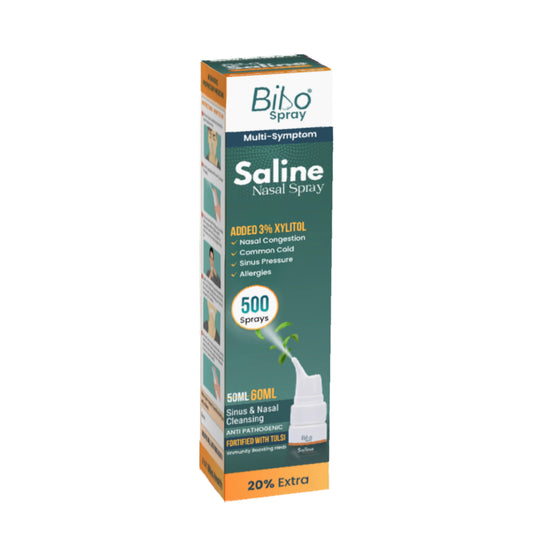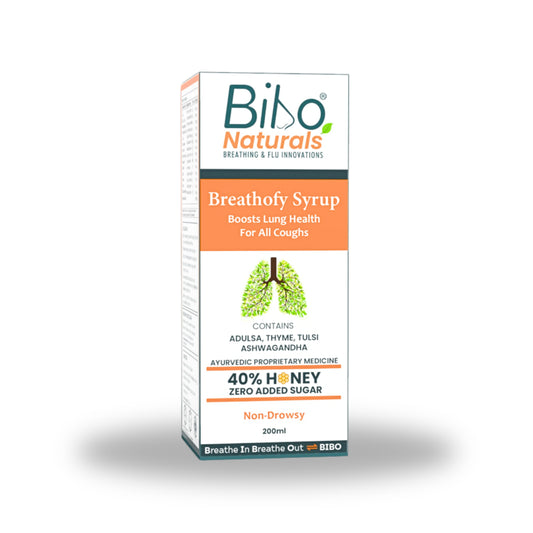
Our environment plays an important role in our well-being. Most people spend a major part of their time at their workplace. Let it be the school for kids, college, office, farm, etc.
We know secondhand smoking can trigger and cause asthma but is it the only smoke that causes asthma?
Can you get asthma from your gas stove, agarbatti, or smoke from a house opening ceremony? Can working in a factory make you prone to asthma? Can working in a particular environment be the reason for your asthma?
Are you developing a cough, wheezing and breathing difficulty because of your new job?
Well, let's find the answers to all these in this blog.
Before we get into the topic, let's see what asthma is in the first place? So it is easy to understand workplace asthma.
Asthma is a respiratory condition in which the airways get inflamed and irritated. Many factors can contribute to this inflammation, including genetics/family history of asthma and environmental factors like smoke, allergens, occupational status, etc.
What is workplace asthma?
Workplace asthma is a type of asthma that is caused by exposure to chemical fumes, dust, gases, or other foreign substances and allergens at the workplace or job. Workplace asthma is commonly seen in adults and is a category under adult-onset asthma.
As workplace asthma is caused by occupational exposure to irritants, it is also called occupational asthma.
Causes of workplace asthma:
As the name suggests, workplace asthma is caused by exposure to irritants on the job. People with some job profiles are more susceptible to workplace asthma than others.
The most commonly affected people with this type of asthma are people who work at chemical factories, bakeries, coal mines, people who have pets, etc.
More than 400 substances are known to cause occupational asthma, some of which include-

Animal proteins: The proteins from animal fur, hair, dander, saliva and body wastes can trigger workplace asthma.
Chemicals and dyes: People exposed to paints, varnishes, laminates, adhesives, dyes, latex, and people working in industries, manufacturing units and textile industries are prone to develop workplace-related asthma.
Dusty environment: People working at bakeries, farms, or wood factories and people involved in food production can develop asthma due to exposure to dust.
Family history: Also, people with a family history of allergies are more prone to develop workplace asthma.
Who is at risk?
Workplace asthma is common in adulthood. It is due to exposure to various irritants at work. However, some people are comparatively more prone to develop workplace asthma than others.
People who are at risk of developing occupational asthma include-
- People with known allergies
- Family history of allergies
- People exposed to pets
- People working in factories and industries
- Farming
- People with weak immunity
- Smoking
Triggering factors:
Occupational asthma is mainly triggered by exposure to irritants and allergens like
- Smoke, including cigarette smoke, smoke from factories, gas stove, agarbatti, clay chulha (cooking stoves made from clay), smoke from chimneys, bonfires, burning wood and plastic, etc.
- Dust
- Pollen
- Animal dander, fur, hair, saliva, and body waste
- Chemicals from paint, varnishes, laminates, adhesives, dyes, latex, etc.
Signs and symptoms of workplace asthma:
The symptoms of workplace asthma are similar to other forms of asthma. The classic and most common symptoms associated with asthma are-
- Cough
- Wheeze
- Shortness of breath/dyspnea
- Breathing difficulty
- Chest tightness
Some people with asthma may also experience other symptoms of asthma, such as:
- Sore throat
- Itching in the chin and throat
- Trouble sleeping
- Fatigue
- Fast breathing
- Anxiety
- A chronic cough which they feel is always there
- Dry, hacking cough
- A runny, itchy and stuffy nose
- Sneezing
- Moodiness
- A headache
- Itching and irritation in the eyes
In workplace asthma, these symptoms are generally seen or worsen when a person is at his job. Most people may observe that their symptoms are gone when they are away from their workplace, like on holidays, weekends and when they are on a trip or after coming home from work.
How do you know if your asthma is work-related?
People with workplace asthma, otherwise known as occupational asthma, experience asthma symptoms when exposed to certain irritants, like the strong smell, pollen, smoke or dust and animal danger at work. Most people see that their symptoms get resolved when they are away from the workplace.
Treatment for workplace asthma:
Treatment for workplace asthma is the same as other forms of asthma.
- Rescue inhalers, also known as quick inhalers. They commonly contain short-acting beta agonist, which helps to keep the airways open for easy breathing. It is helpful when a person is having an asthma attack.
- Preventive inhalers commonly contain long-acting beta-agonists and corticosteroids. They help in preventing asthma attacks and worsening asthma symptoms.
- Mucolytics and other medicines help to provide symptomatic relief.
How to prevent workplace asthma?
The best way to prevent workplace asthma is to avoid exposure to irritants at work. Avoiding exposure to irritants will help to prevent future work-related asthma attacks.
Covering the face and nose when exposed to irritants at the workplace can help to prevent the entry of those irritants into the airways.




